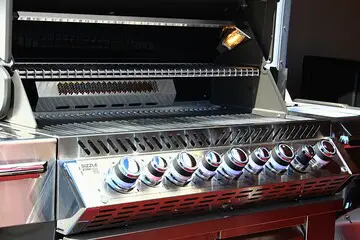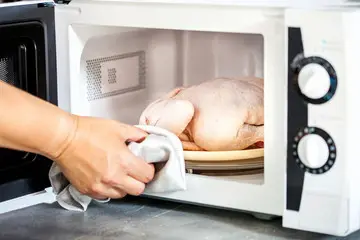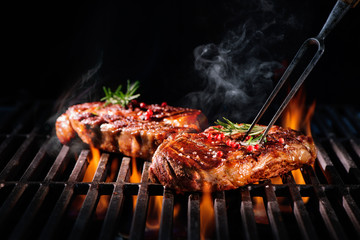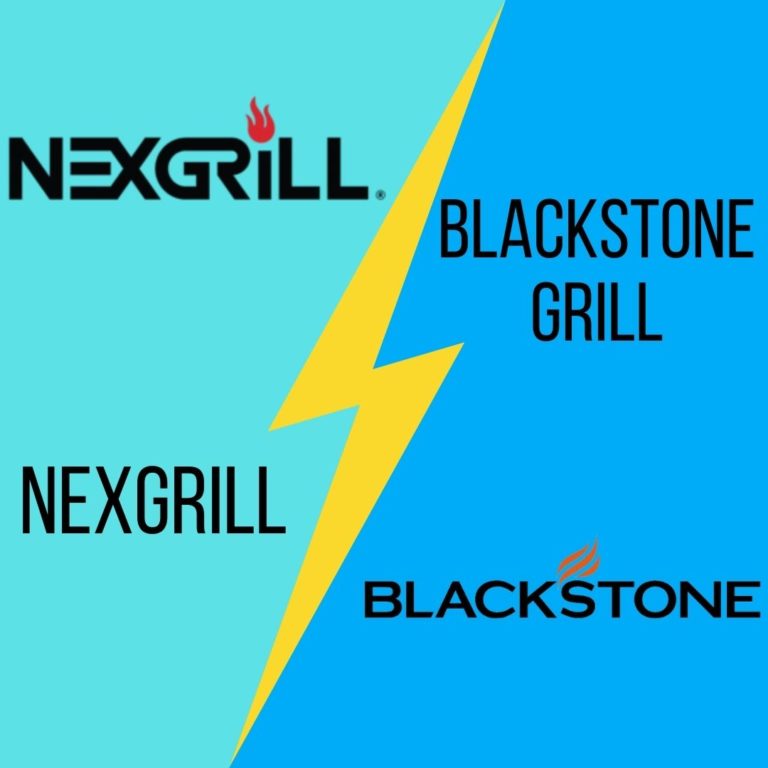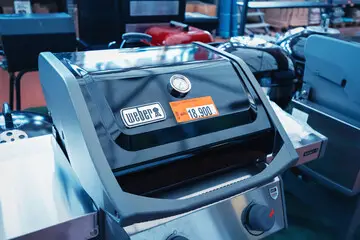
Converting a Weber natural gas grill to propane can be a useful way to switch to a more convenient and widely available fuel source. Propane is a popular choice for grilling because it is portable, easy to store, and widely available at many retail locations. By converting your Weber natural gas grill to propane, you can enjoy all the benefits of propane grilling without having to purchase a new grill.
However, it is important to follow proper safety precautions and follow the manufacturer’s instructions when converting your grill. In this guide, we will walk you through the steps for converting your Weber natural gas grill to propane, as well as provide tips for testing and maintaining your grill. So, let’s get started!
What are the Safety Precautions when Converting Weber Grill
Table of Contents
It is important to take safety seriously when converting a grill, as working with gas can be dangerous if not done properly. Before beginning the conversion process, be sure to read the owner’s manual for your Weber natural gas grill and follow all safety instructions. It is also a good idea to turn off the gas and disconnect the grill from the natural gas line to prevent any gas leaks or accidents.
Some additional safety precautions to consider include:
- Wear protective gear, such as gloves and safety glasses, to protect yourself from any potential injuries
- Make sure you have good ventilation in the area where you are working to prevent the buildup of gas
- Follow the manufacturer’s instructions for attaching the hose and regulator to the propane tank, as the improper connection can lead to gas leaks
Regularly check and replace the hose and regulator to ensure that they are in good condition and not leaking gas
By following these safety precautions and being cautious when converting your grill, you can help ensure that the process goes smoothly and safely.
How To Convert A Weber Natural Gas Grill To Propane
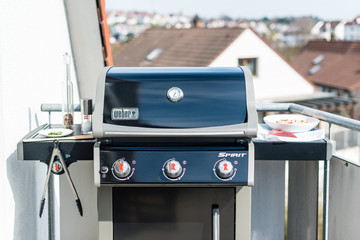
Tools Needed
To convert your Weber natural gas grill to propane, you will need a few key materials:
- Propane tank: You will need a propane tank to store and supply the gas for your grill. Be sure to get a tank that is the appropriate size for your grill and meets all local regulations.
- Hose and regulator: The hose and regulator attach the propane tank to the grill and regulate the flow of gas. It is important to use a hose and regulator that are compatible with your grill and propane tank.
- Conversion kit: Many grill manufacturers, including Weber, offer conversion kits that include all the necessary components for converting a natural gas grill to propane. These kits can be a convenient and cost-effective way to get everything you need in one package.
In addition to these main components, you may also need some tools and supplies, such as wrenches, pliers, and sealant. Refer to the owner’s manual for your grill and the instructions for the conversion kit to determine exactly what you will need.
It is important to purchase high-quality materials and follow the manufacturer’s instructions to ensure that the conversion is done safely and properly.
Step-by-Step Guide to Convert Weber Natural Gas Grill to Propane
Here are the general steps for converting your Weber natural gas grill to propane:
Step 1: Gather the materials you will need, including a propane tank, hose, regulator, and any tools and supplies required.
Step 2: Turn off the gas and disconnect the grill from the natural gas line. This is an important safety precaution to prevent gas leaks or accidents.
Step 3: Follow the manufacturer’s instructions for attaching the hose and regulator to the propane tank. This typically involves screwing the hose onto the tank and attaching the regulator to the hose.
Step 4: Connect the hose to the grill. This usually involves attaching the hose to the gas inlet on the grill and securing it with a wrench or pliers.
Step 5: Turn on the gas and test the grill to ensure it is working properly. To do this, light the burners and let them run for a few minutes. If the burners stay lit and the grill heats up normally, the conversion was successful. If the burners go out or the grill does not heat up properly, there may be a problem with the conversion.
Step 6: Once the grill is working properly, you can begin using it as you normally would. Be sure to follow the manufacturer’s instructions for lighting and maintaining the grill.
It is important to follow the manufacturer’s instructions and use caution when converting your grill to propane. If you are unsure about any part of the process, consider consulting a professional or contacting the manufacturer for assistance.
Testing and Maintenance Weber Gas Grill
After converting your Weber natural gas grill to propane, it is important to test the grill to ensure that it is working properly. To do this, turn on the gas and light the burners according to the manufacturer’s instructions.
Let the burners run for a few minutes to ensure that the grill is heating up properly. If the burners stay lit and the grill heats up normally, the conversion was successful. If the burners go out or the grill does not heat up properly, there may be a problem with the conversion. In this case, turn off the gas and troubleshoot the issue.
In addition to testing the grill after the conversion, it is also important to regularly maintain the grill to ensure its safety and performance. This includes checking and replacing the hose and regulator as needed. Over time, the hose and regulator can become worn or damaged, which can lead to gas leaks. To prevent this, regularly inspect the hose and regulator for signs of wear or damage, and replace them if necessary.
It is also a good idea to follow the manufacturer’s instructions for maintaining the grill, such as cleaning the burners and other parts, to keep it in good working order. By properly maintaining your grill, you can help ensure that it is safe to use and performs well for years to come.
FAQs
Can you switch from natural gas to propane?
Yes, it is possible to switch a natural gas grill to propane by attaching a propane tank, hose, and regulator to the grill and following the manufacturer’s instructions. However, it is important to follow proper safety precautions and use high-quality materials to ensure that the conversion is done safely and properly.
What happens if you connect natural gas to propane?
Connecting natural gas to a propane grill or appliance can be dangerous and can cause the appliance to malfunction or not work at all. Natural gas and propane have different pressure requirements, and using the wrong type of gas can cause problems with the appliance’s performance. In addition, connecting natural gas to a propane appliance can create a gas leak, which can be dangerous.
Do you need a regulator for natural gas grill conversion?
Yes, you will need a regulator to convert a natural gas grill to propane. The regulator controls the flow of gas to the grill and helps to ensure that it is working properly. It is important to use a regulator that is compatible with your grill and propane tank.
Can I hook my grill up to my house propane tank?
It is generally not recommended to hook a grill up to a house propane tank. Grill tanks are designed to be portable, while house propane tanks are larger and typically not designed to be moved. In addition, house propane tanks are often located outside and are not easily accessible for connecting to a grill. It is generally safer and more convenient to use a portable propane tank for grilling.
Can you use the same pipe for propane and natural gas?
No, you cannot use the same pipe for propane and natural gas. Natural gas and propane have different pressure requirements and require different types of pipes. Using the wrong type of pipe can lead to gas leaks or other problems. It is important to use the appropriate pipes for the type of gas you are using.
Finally
In conclusion, converting a Weber natural gas grill to propane, you will need to attach a propane tank, hose, and regulator to the grill and follow the manufacturer’s instructions. Be sure to take safety precautions and regularly check and replace the hose and regulator for the safety of the grill. Once the conversion is complete, test the grill to ensure it is working properly.

Hi, I’m Iolanda I am a mother of two and know how to whip up satisfying dishes for friends and family in a seemingly effortless way. The blog goal is reader-oriented, So We are always looking for the newest information about the best products on the market to offer product reviews and tutorials to assist users.Have Fun on The Website

